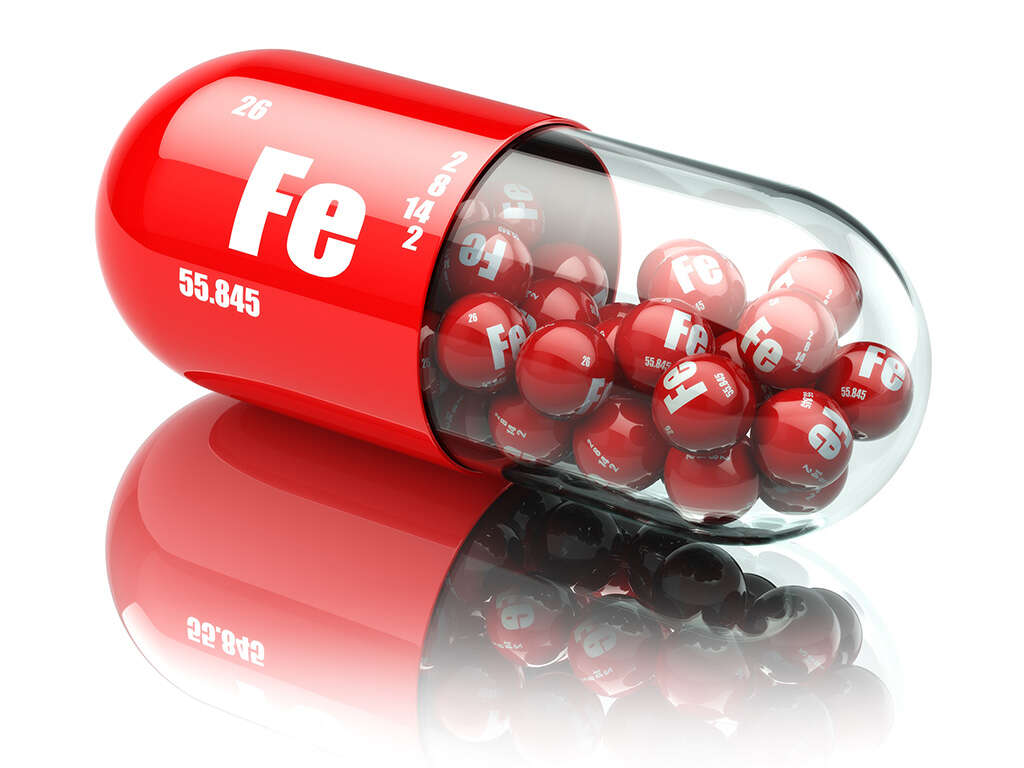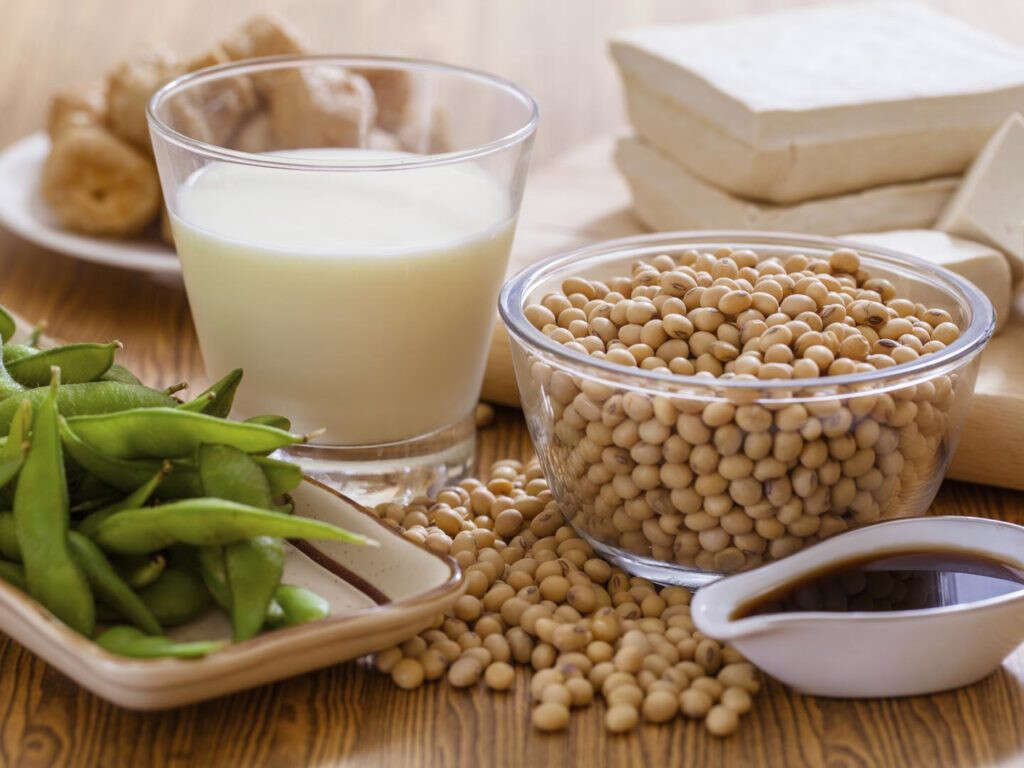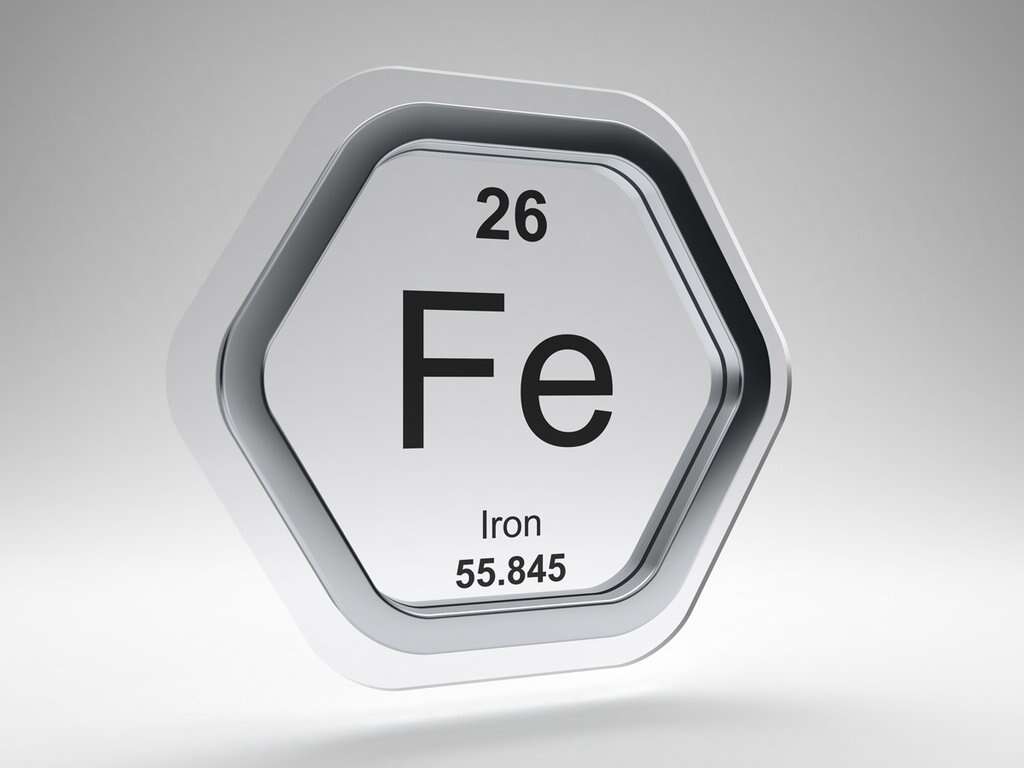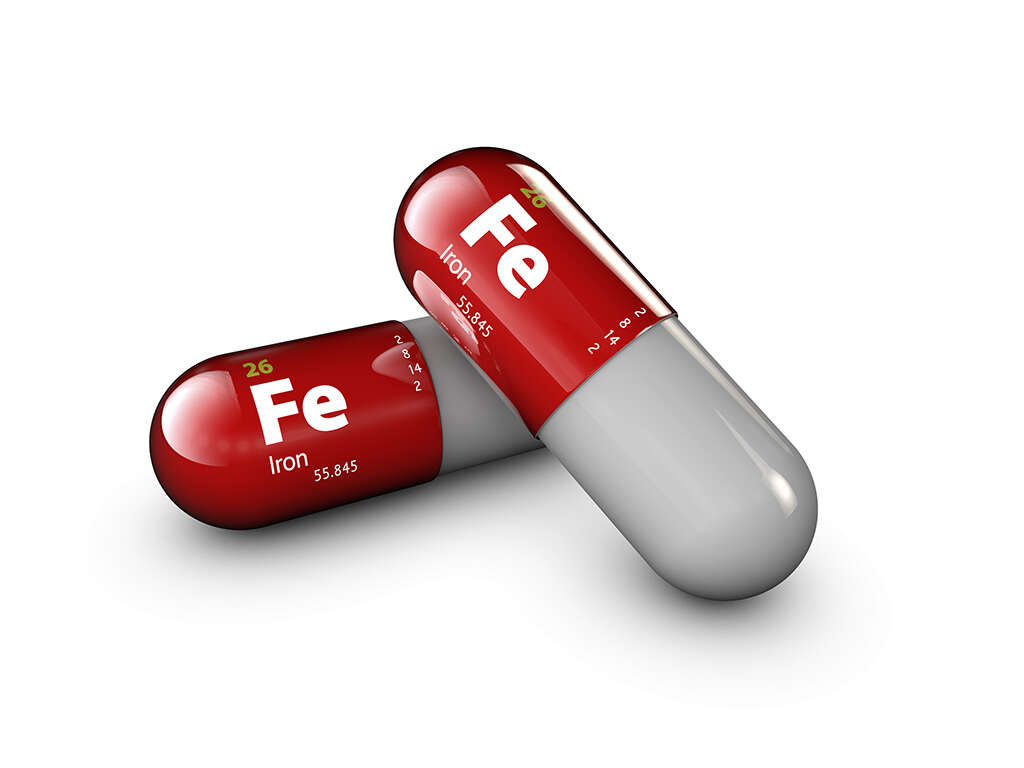10 Hemochromatosis Diet Foods
Hemochromatosis is a condition where there is excessive iron accumulation in the organs and body resulting in organ toxicity. It is most commonly caused by an autosomal recessive hereditary condition. The hereditary cause of hemochromatosis is also the commonest cause of severe iron overload. Approximately 75 percent of those with hereditary hemochromatosis are asymptomatic. Based on the clinical symptoms, the diagnosis of hemochromatosis can be achieved. Since most patients have mild to no symptoms, most are incidentally diagnosed when their serum iron levels are noticeably elevated during routine screening.
To confirm the diagnosis of hemochromatosis, some of the tests that should be included are genetic testing for HFE mutations, hepatic iron concentration, transferrin saturation levels, and serum ferritin studies. Echocardiography and chest radiography may also be performed as part of imaging studies in the evaluation of cardiac diseases among those with hemochromatosis. Early diagnosis is important among those with hemochromatosis. The main treatment goal is the removal of iron before it results in irreversible parenchymal damage. Once confirmed, hemochromatosis can be treated through phlebotomy to rid the excess iron and maintain normal iron stores.
Chelation agents such as deferiprone and deferoxamine can also be used. In severe arthropathy or end stage liver disease, surgery may be required. In the United States, approximately 1 in 200 to 500 individuals suffer from hereditary hemochromatosis. Most patients with hemochromatosis are of northern European origin. The highest prevalence of hemochromatosis is seen among those of Celtic origin. Prevalence is approximately similar in western countries, Europe, and Australia. Patients with hemochromatosis can also make dietary changes that may be beneficial for them. While normal individuals absorb about 1 milligram of iron every day, those with hemochromatosis can absorb about four times the amount. Diet modifications can help to reduce the level of body iron. From our diet, there are two types of iron known as iron in heme and nonheme iron.
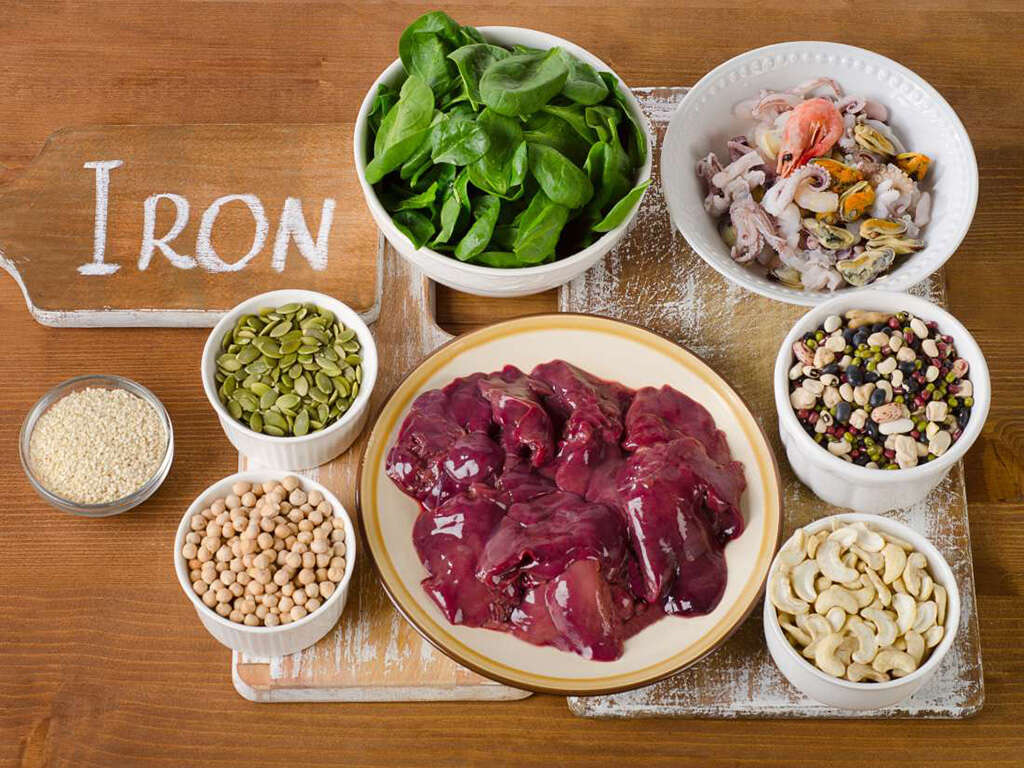
Hemochromatosis Diet Food #1: Vegetables
Vegetables are always an important source of iron. However, in hemochromatosis, the intake of vegetables should not be restricted as they provide many other important nutrients and minerals. Vegetables can also be beneficial for hemochromatosis patients as they may contain substances that can help inhibit the iron uptake.
Patients are always advised to consume a variety of vegetables with a minimum of 200 grams a day. However, patients should try to limit the intake of vegetables that are rich in iron. These include vegetables that are dark green and leafy such as spinach, chard, fennel, and green beans. Vegetables rich in iron should not be eaten with meat.

Hemochromatosis Diet Food #2: Potatoes, Legumes, Pasta, and Rice
For foods such as potatoes, legumes, pasta, and rice, patients are allowed to have a normal portion. However, it is recommended that they eat a “wholemeal” variety of pasta or rice as the amount of iron per serving is similar. While wholemeal pasta has three times more iron than non-wholemeal pasta, it also has more substances that can inhibit iron absorption.
This means that the uptake of iron from wholemeal products will be comparatively less compared to non-wholemeal products. Wholemeal grain products are also richer in nutrients and fibers compared to non-wholemeal products.
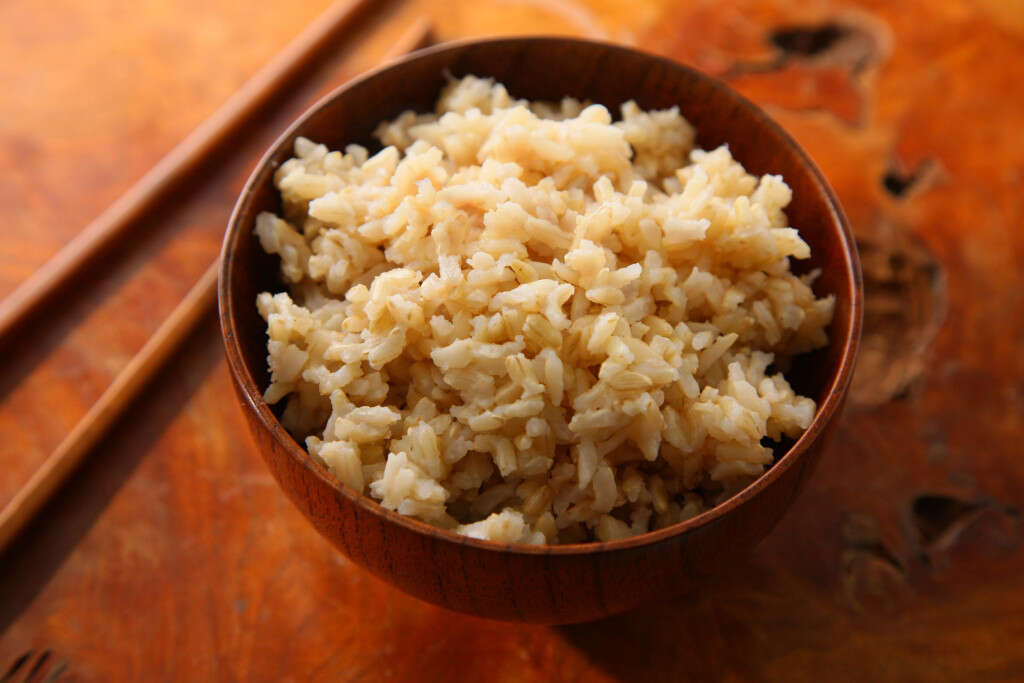
Hemochromatosis Diet Food #3: Fruits
Fruits are an important source of vitamin C that can help increase the absorption of iron. However, due to the presence of other valuable nutrients in fruits, it is still recommended that patients with hemochromatosis eat about two servings of fruit a day.
It is best that they do not eat fruit in combination with their other foods as it can prevent the vitamin C from helping in the absorption of iron. Patients should also avoid consuming dried fruit as it contains a relatively high amount of iron. This includes apple syrup.
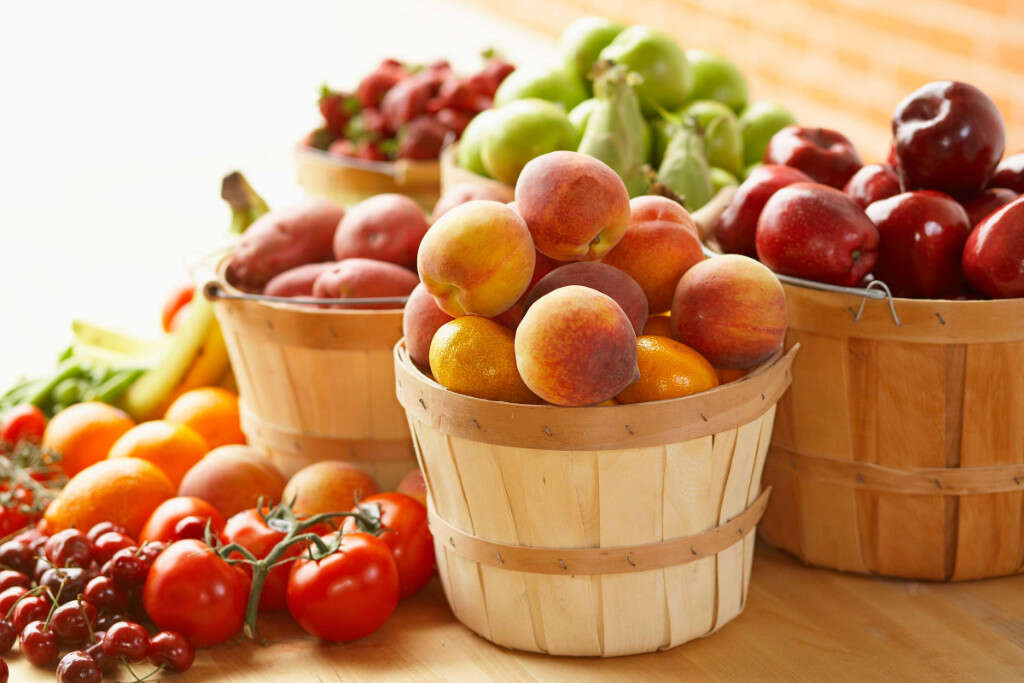
Hemochromatosis Diet Food #4: Bread
Like the other sources of carbohydrates, bread is also better consumed as a wholemeal product. While it may contain more iron than non-wholemeal products, it also contains more phytate that helps to inhibit the uptake of iron. This makes the iron absorption from white and brown bread to be equivalent to that of whole wheat bread. Wholemeal breads also provide more variety of nutrients.
However, iron enriched breads are not recommended and should be avoided. Patients with hemochromatosis should look out for bread alternatives that are fortified with iron such as crackers, cereals, and biscuits as these are discouraged. There are many alternatives of muesli and cereal that are available in a non-iron enriched variety.
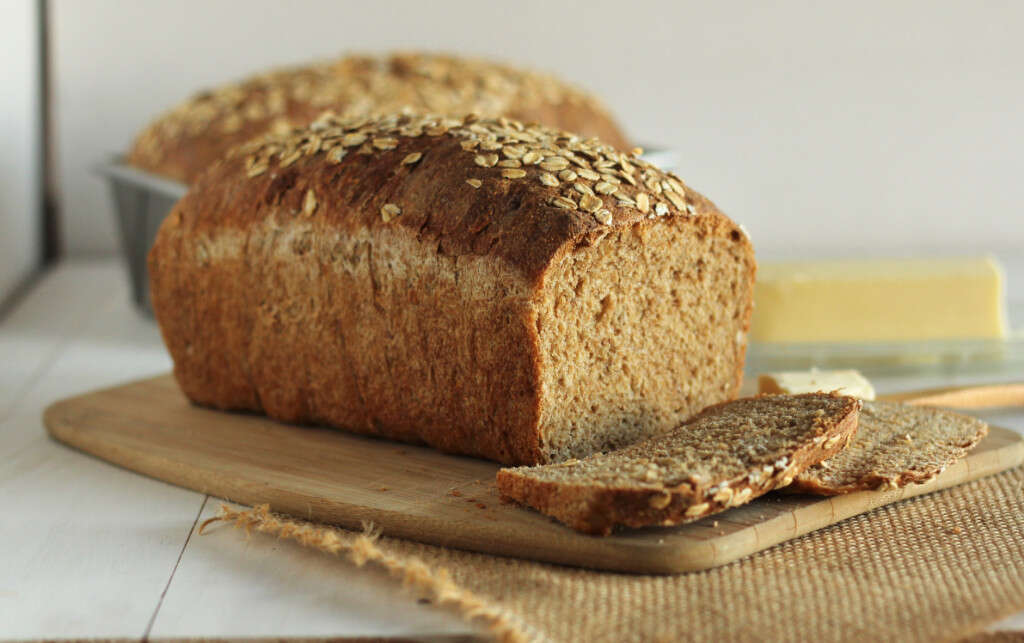
Hemochromatosis Diet Food #5: Milk and Dairy Products
Milk and dairy products generally are low in iron and therefore require no extra attention. This means that patients with hemochromatosis can follow the general recommended intake for milk and other dairy products such as cheese. Dairy products are also beneficial as they contain calcium which is vital for the optimal function of the body.
The high content of calcium is crucial for hemochromatosis patients as it helps to inhibit heme and non-heme found in foods. However, it is important to remember that the ability for calcium to inhibit iron absorption is dependent on the body’s level of vitamin D.

Hemochromatosis Diet Food #6: Meat and Meat Products
Meat and meat products are the biggest contributors to the total iron intake in our diet. Due to this, patients with hemochromatosis are discouraged from eating too much meat or meat products. Organ meats such as liver contain a high amount of iron and should be avoided or only consumed on rare occasions.
Patients should also choose meat products that are low in iron content. An important and easy way to remember is “the redder the meat, the higher the iron content”. Meats such as venison, beef, lamb, and buffalo should be avoided. Bluefin tuna is also a type of fish with higher heme iron compared to other types of fish.
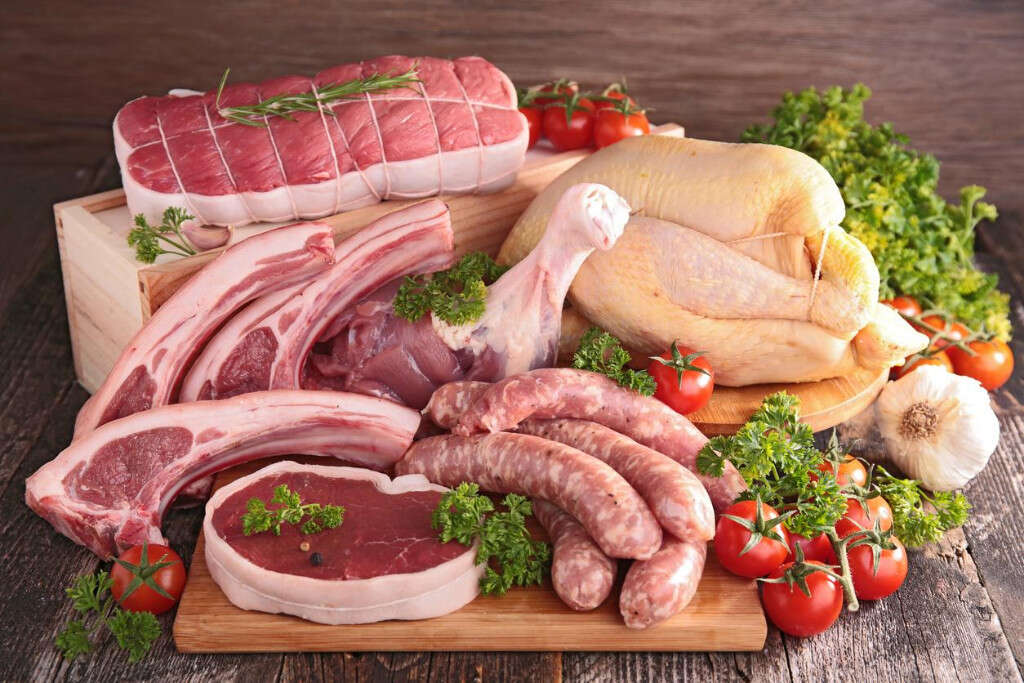
Hemochromatosis Diet Food #7: Protein Sources
Protein is undeniably an important part of our diet. However, since hemochromatosis patients are advised to avoid meat, they can obtain their protein from non-meat products such as eggs, nuts, legumes, cheese, tofu, tempeh, fish, seeds, and peanuts. Hemochromatosis patients are advised to consume fish at least twice a week.
The best type of fish would be a fatty variety such as tuna or salmon. This helps to ensure the intake of other crucial nutrients that can be found in meat.
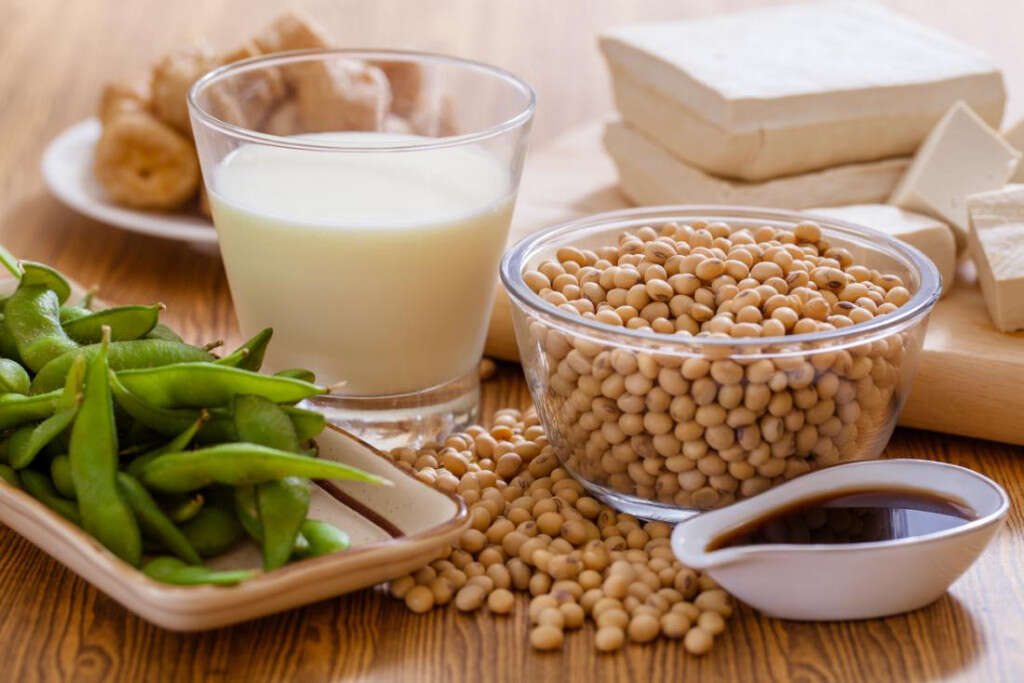
Hemochromatosis Diet Food #8: Fats
Although the general idea is that fats are unhealthy, it is still a crucial part of our diet for the absorption of vitamins A, D, E, and K. Fats are also important for some bodily functions. Cooking products such as oils and margarines usually contain no iron.
However, liquid cooking products that have a high content of polyunsaturated fatty acids are preferable to lower the risk of cardiovascular disease. Even bread spreads that are free of iron and have a high percentage of unsaturated fatty acids are also recommended. Nuts are also a great source of fat and protein. Cheeses and other dairy products are also great sources of fat.
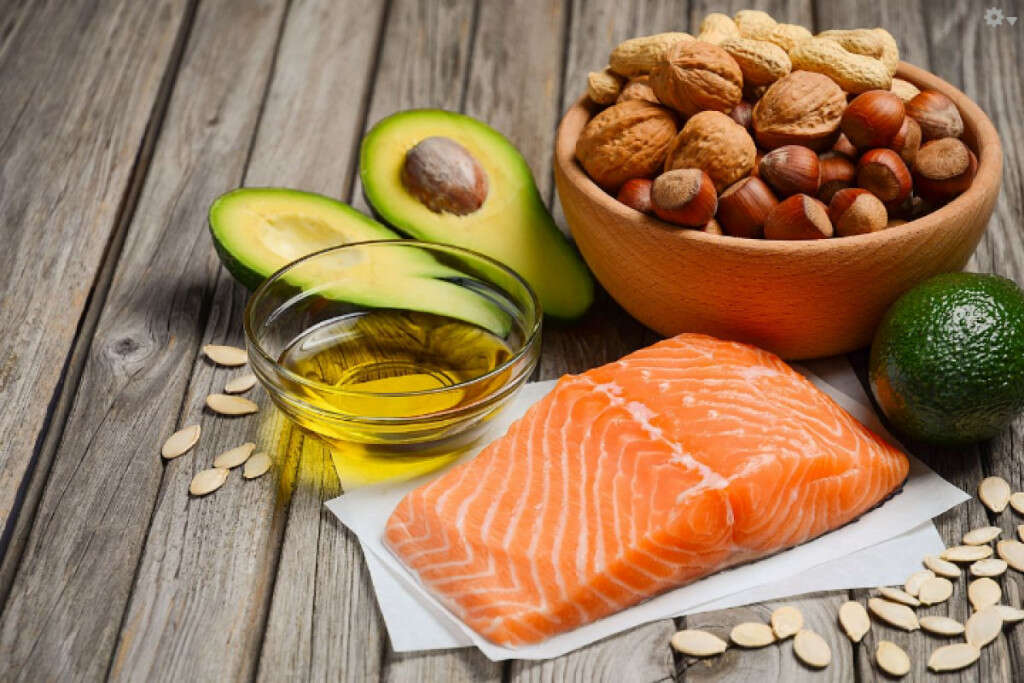
Hemochromatosis Diet Food #9: Beverages
For patients with hemochromatosis, even the choice of beverages is important. It is best to choose soft drinks, tea, or water. Juices are not recommended as it is an additional source of iron. Beverages such as soft drinks, tea, and water contain a negligible amount of iron or vitamin C if any. If patients choose to consume fruit juices, it should be taken separately from food to prevent the vitamin C in it increasing the absorption of iron from the other foods.
Alcoholic beverages should be avoided as they have iron absorption enhancing effects and contribute to liver damage. Coffee is also a beverage that contains iron. Strong black tea is recommended for hemochromatosis patients during meals as it may inhibit the absorption of iron.
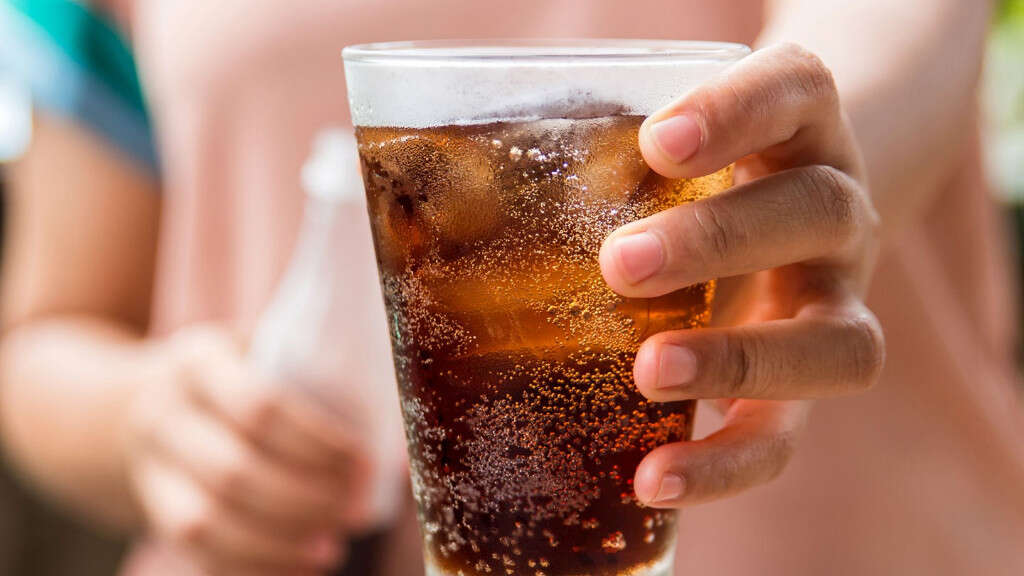
Hemochromatosis Diet Food #10: Miscellaneous Foods
Foods such as black olives should be avoided as iron is often added to help prevent the change in color. Chocolate products are also relatively high in iron. The darker chocolate products usually have a higher iron content. To ensure that hemochromatosis patients have adequate amounts of vitamins or minerals, it may be wise to consult a health professional regarding supplements that do not contain vitamin C or iron.
Preparation of food is also best performed using materials that are not made with iron such as stainless steel or cast iron. Although there are dietary recommendations for hemochromatosis patients, it should be known that these guidelines do not help repair the damage caused by the accumulation of iron in the body. Dietary restrictions along with treatment and therapy will be a lifelong requirement of hemochromatosis patients.





